IR Flash with Profoto’s B1 and B2: Expanding Approaches in Infra-Red Photography in Landscapes and Portraiture
There have been more technological changes in photography in the last ten years than the past one hundred years combined. The advent of digital photography with high resolution sensors, coupled with the use of Adobe Photoshop or similar software has quickly replaced film in mainstream photography. The use of Photoshop, however, has not been able to successfully replicate infra-red photography, primarily because IR photography involves the capture of images within certain wavelengths of light.
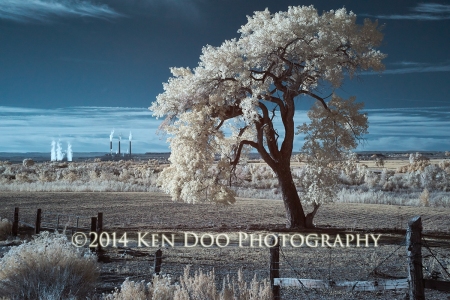
IR False Color using a Sony A7r converted to full spectrum.
I do not find Photoshop IR actions or other manipulated images portending to be IR images to be effective nor very realistic. IR photography has always been peculiar requiring more care. With film I remember having to change film backs fumbling in complete darkness. Focus was set on lenses manually, turning the focus ring just slightly off center from where images otherwise would be sharp with normal film. The peculiarities came with rewards, however, with stunning B&W imagery or for forensic photographic investigations.
Whereas a normal digital camera and Photoshop fall short in creating the “infra-red-look,” all is not lost. Converting a digital camera sensor to infra-red is a fairly painless process and the use of live-view has made photographing infra red images much easier than in the days of IR film.
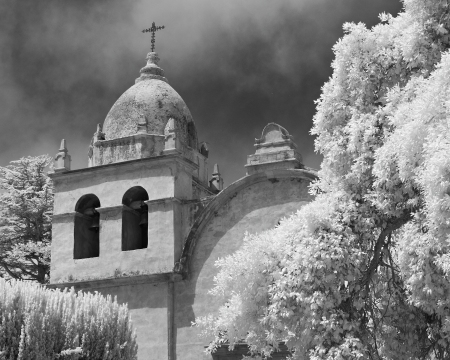
Carmel Mission. Panasonic GF1 converted to 715nm. ©Ken Doo
Digital cameras can be converted to capture images in a variety of different IR wavelengths, including a full spectrum conversion allowing the user to change the wavelength of image capture by using different IR filters on the lens. It’s no secret that IR converted cameras can produce gorgeous B&W and false-color imagery. It provides yet another creative outlet for photographers and their art.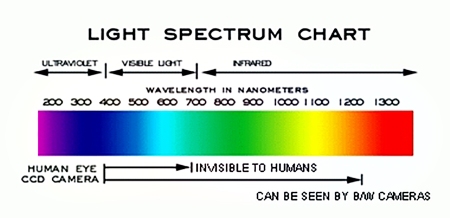
For a more detailed description of the different types of IR conversions, resources may be found at Precision Camera, Life Pixel, and Kolari Vision. This article is not intended as a detailed primer on digital IR photography, but rather a brief overview of the use of digital IR cameras in landscape and portraiture, and the use of IR flash with the Profoto B1 and B2 flash systems.
Infra-red filters on strobes can be effectively used to enhance IR photography by subtly adding light within a specified wavelength for a particular wavelength of IR capture. An unfiltered flash would otherwise ruin the infra-red capture. The applications for IR flash extend beyond forensic and crime scene photography, including landscape and even portraiture.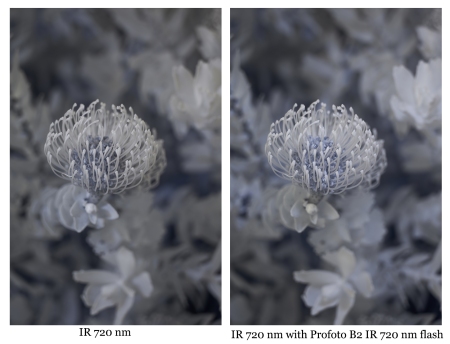 One of the easiest methods of adding an IR flash system is with the Quantum Q-flash system. The Qflash is a relatively robust and portable strobe system consisting of a barebulb strobe and external battery pack. Users need only add the QF-80 IR filter holder to their Qflash and screw in the desired 67mm IR filter into the holder. Unfortunately, Quantum has discontinued production of the QF-80, making this IR filter holder difficult to obtain, even on the used market. On occasion, Quantum may make QF-80 available for purchase. See, qtm.com . Older Qflash systems such as the Qflash T2 are inexpensive and are ideal, as manual controls are all that are really needed in this application. Additional Qflash reflectors are available and with a little ingenuity can also be converted in a QF-80-type filter holder.
One of the easiest methods of adding an IR flash system is with the Quantum Q-flash system. The Qflash is a relatively robust and portable strobe system consisting of a barebulb strobe and external battery pack. Users need only add the QF-80 IR filter holder to their Qflash and screw in the desired 67mm IR filter into the holder. Unfortunately, Quantum has discontinued production of the QF-80, making this IR filter holder difficult to obtain, even on the used market. On occasion, Quantum may make QF-80 available for purchase. See, qtm.com . Older Qflash systems such as the Qflash T2 are inexpensive and are ideal, as manual controls are all that are really needed in this application. Additional Qflash reflectors are available and with a little ingenuity can also be converted in a QF-80-type filter holder.
Recently, Profoto released its lithium battery powered B1, which is a 500WS strobe. Profoto quickly followed up with its B2, a smaller and more portable 250WS pack system. I have found that these portable studio lights from Profoto are ideal IR flash systems. The Profoto lights are much more powerful than the Quantum Qflash systems and the IR filter adapter is relatively easy to make, while still looking very clean cosmetically.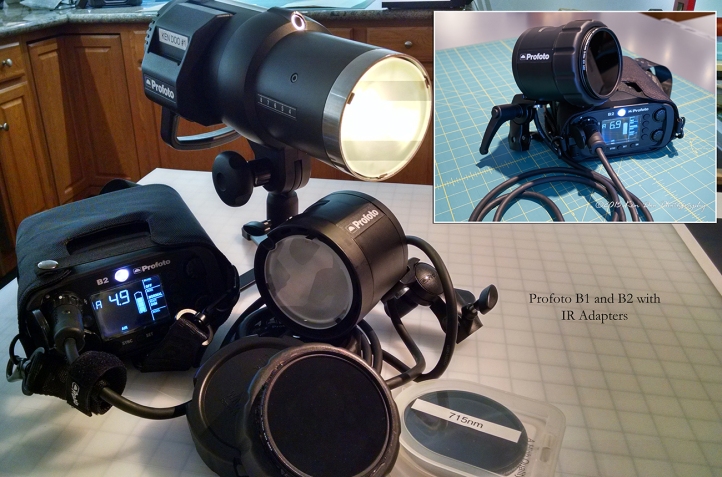
Here, the Profoto protective transport cap for the B1 and B2 serve as the foundation for our infra-red filter holders. Additional protective transport caps are easily obtained from dealers such as B&H Photo for a nominal investment. The Xume filter system is used to make swapping filters quick and easy on both the B1 and B2, and on my full spectrum Sony A7r. The inside diameter of the Xume filter holder is used to cut an opening in the Profoto transport cap. For this application, I chose to use 82mm filters. The Xume filter holder is then glued onto the transport cap. Xume filter adapters are attached to each of my IR filters. The rare earth magnets make it extremely fast to attach or change filters on the B1, B2, and my camera. I can now easily match up the IR wavelength on my B1 and B2 with the wavelength I am using on my camera simply by using the same infra-red filters on both.
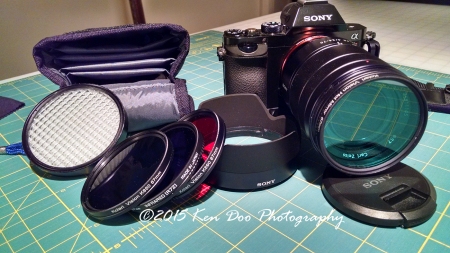
Sony A7r converted to wide spectrum. Affixing different filters on the lens adapts camera capture to a particular IR wavelength. Using a hot mirror filter (seen here) allows the camera to capture “normal” photographic images. Using an expodisc to take a “controlled frame” after changing infra-red filters helps to correctly white balance the respective IR capatures.
I have chosen to use 590nm, 720nm, and 850nm filters on my wide spectrum Sony A7r. I keep a second set of these same filters in a filter pouch for use on my Profoto B1 or B2 flash systems. The filter holder and filters take up a nominal amount of space their respective Profoto lighting cases. The improvements in infra-red capture are subtle and I like the flexibility of using an IR flash system when desired. In the following images you can see the difference in IR images captured both with and without the Profoto B2 flash using matching IR filters.
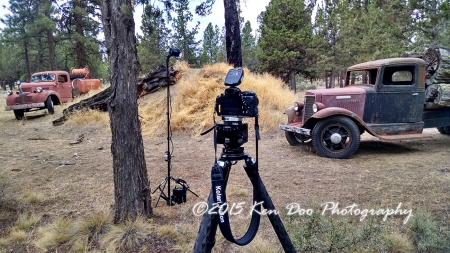
Yosemite Valley View IR Pano. Sony A7r converted to full spectrum; 720nm filter
I particularly like using the Profoto B2 because it is light and small compared to the larger Profoto B1. The artistic applications of IR flash can extend into longer exposures and infra-red light painting as well. Both of the following images were photographed using longer exposures with multiple “pops” from the Profoto B2 with IR filter. In both images I ran through the subject frame and manually discharged the B2 flash numerous times. In the second image taken at Alcatraz at night, you can see some light leakage from the B2, which I did not noticed until I was post processing the images in Capture One Pro. For this type of photography (light-painting), the Profoto B2 must be shielded on the sides of the filter holder and rear of the light head with either cloth or gaffers tape to prevent light leakage. The Profoto B1 does not appear to exhibit this type of light leakage.
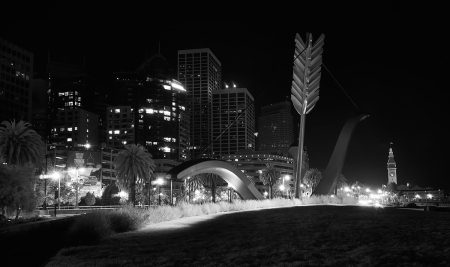
San Francisco at night. Infra-red light painting with the Profoto B2.
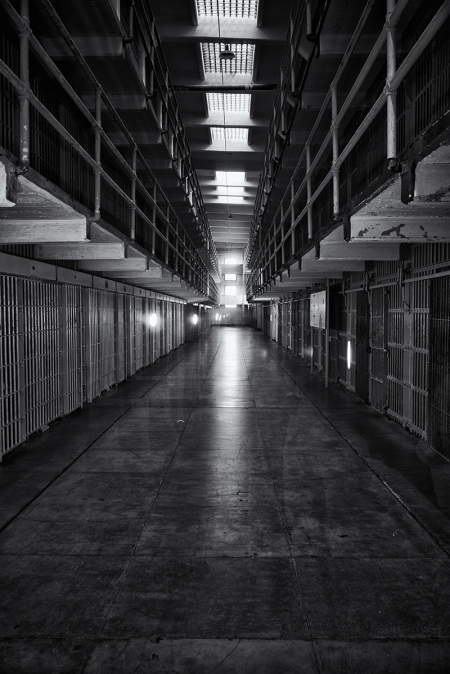
Alcatraz at Night with Capture Integration in Carmel 2016. Infra-red light painting with the Profoto B2. The small disks of white light are light leaks emanating from the rear of the B2 light head. A bit of cloth or gaffers tape on the B2 head would easily solve that!
I like to add a few IR captures during engagement sessions and at weddings. The Profoto B2 is extremely portable and fast. I like how IR flash adds a bit of pop to an image and helps to keep the highlights from getting muddy.
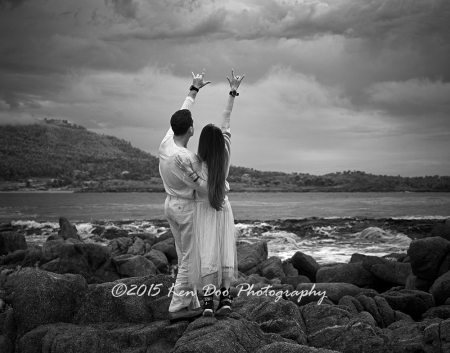
Engagement portrait session. ©2015 Ken Doo Photography
There are some images that simply cannot be easily replicated without an infra-red camera. Utilizing an infra-red flash system in IR photography feeds the creative soul and helps to fulfill that artistic vision. You can see some of my IR images at my landscape website, www.houseoflandscapes.com or at www.kendoophotography.com
Fine art printing is at www.carmelfineartprinting.com
Ken Doo
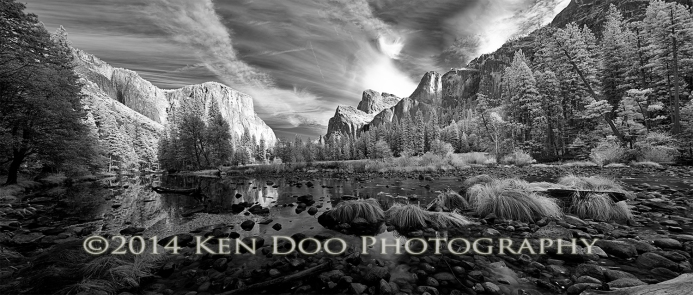

Leave a comment